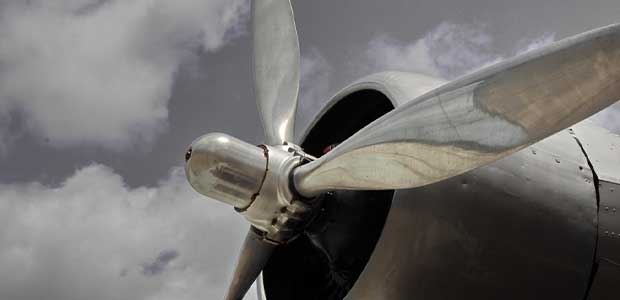
New EPA Proposed Endangerment Finding Looks at Lead Emissions from Lead-Fueled Aircraft
Lead exposure can lead to multiple health concerns for people.
- By Alex Saurman
- Oct 14, 2022
A new proposed endangerment finding from the EPA looks at the lead emissions from aircraft that use lead fuel.
The agency proposed an “endangerment finding,” when the “EPA reviews information on air pollutants and sources of air pollution to determine whether they threaten human health or welfare,” on these specific aircraft in early October, according to a news release. You most likely don’t need to be concerned if you fly commercial. Most of the lead-fueled aircraft are piston-engine aircraft, which only allow for two to ten passengers.
There’s been a large decrease in the “levels of airborne lead” in recent decades, but lead-fueled aircraft are still playing a role. The EPA calls these aircraft “the largest remaining source of lead emissions into the air.”
Lead exposure in humans can lead to negative effects on a variety of systems, including the nervous and immune system, the EPA said. For animals and plants, lead exposure may cause “decreased growth,” among other side effects.
When the finding is posted, the public will be able to comment. After this, the EPA estimates findings will be issued next year and, if finalized, could lead to “propose[d] regulatory standards for lead emissions from aircraft engines,” the agency said.
“When it comes to our children the science is clear, exposure to lead can cause irreversible and life-long health effects,” said EPA Administrator Michael S. Regan in the news release. “Aircraft that use leaded fuel are the dominant source of lead emissions to air in the country. Today’s proposal is an important step forward as we work to reduce lead exposure and protect children’s health.”
About the Author
Alex Saurman is the Content Editor for Environmental Protection.